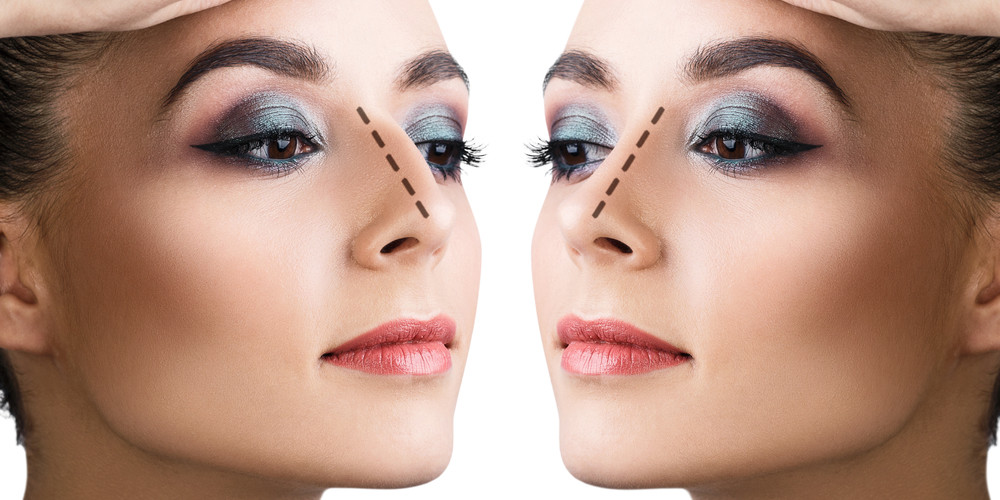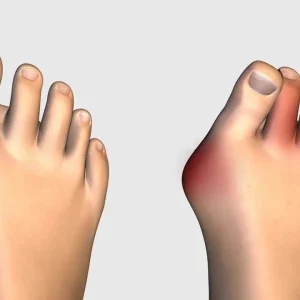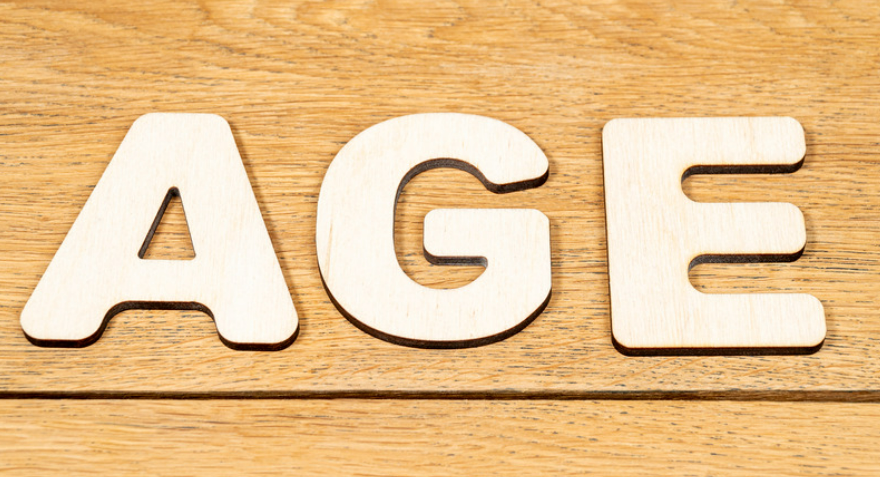Nose jobs and boob jobs are two of the most popular plastic surgeries. And because you see and hear about them so often, they seem a lot less trivial than they are. For example, did you know that as part of a nose job, the bones in your nose might have to be fractured? That’s what changes the shape and size of your nose.
Because recovering from a rhinoplasty sometimes involves healing broken bone, it can be quite gruelling. And many times, it’s not just your nose that needs to heal. Many rhinoplasties harvest cartilage from your ears or ribs, so those parts of your body need to heal as well. You may experience headaches and have some trouble sleeping.
Fortunately, it doesn’t feel nearly as bad as it looks. Many rhinoplasty patients can manage their recovery without pain killers, though they do have other matters to contend with. When you get your nose done, you don’t necessarily have to sleep in a hospital. It can be handled as an outpatient procedure.
Rhinoplasty can be done either under local or general anaesthesia. If the surgery is done using a local anaesthetic, you’ll be awake, but you’ll be numb, so you won’t feel any pain as the surgeon works. Usually, the surgeon makes incisions inside your nose then reshapes or removes bone and cartilage. The surgeon might need to implant some cartilage in your nose.

After the correct nose shape and size has been achieved, your surgeon will drape your tissues back over your nose and put a splint to hold everything in place while it heals. He or she will seal everything with a bandage that will need to stay in for about a week.
Your nose will remain bruised and swollen for a week or two, so try to avoid blowing it. If your nose feels too itchy or dry, you can spray some saline or ointment. Your doctor will show you how to do it, and you can use the spray several times a day. You may also have swelling in your cheeks and beneath your eyes for a while after surgery.
In addition to the splint and bandaging, your nose will be packed with internasal surgical material. This bandaging has two purposes. It prevents bleeding, and it retains the shape of your new nose so that it heals properly. While your healing nose will not necessarily be painful, it will certainly feel unusual and can be fairly uncomfortable.
Your bandaged nose may make it hard to breathe, and some patients find it hard to hear as well, because of the nasal stuffing. If you wear glasses, you probably won’t have them on until the bandages come off, so you should probably lay off any activities that require your glasses.
You’ll also have to breathe through your mouth, which means you can’t smell anything, and your mouth and throat can end up getting sore and dry. You can ease this discomfort using humidifiers, especially when you’re sleeping.
It can also be helpful to eat soft foods for the first week. Your nose job doesn’t stop you from chewing, but since you’re breathing through your mouth, having softer foods that you can eat quickly will ease your levels of discomfort.
Within three to five days, the nasal packing and the splint can be removed. Your surgeon will take out all the stuffing, then he or she will suction the inside of your nose to get rid of any unwanted material that may still be in there. It’s a bit uncomfortable, but your nose and ears will enjoy the relief of no longer being plugged up.
Although the bruising, bandaging and stuffing will be gone, your face will still look heavily bruised for another week or two. Your doctor will prescribe antibiotics, and pain medicine immediately after surgery, though you may find that you can manage without the pain killers. Be sure to finish the antibiotics, since they will prevent infection.
Your doctor might also issue some steroids to reduce the swelling and bruising, but expect to have a rainbow-coloured face for a few weeks after surgery. Your medication may affect your appetite and your moods, so be ready for that too. In some people, steroids cause nausea. Take things easy and give yourself the space and time you need to fully heal.
If you’d like a less medicated way to manage your pain and swelling, you can apply cold compresses to your nose. Avoid moving your head too much during the day, and when you sleep, keep your head raised with a few extra pillows.
Although nose jobs seem common place, they are complex surgical procedures and there could be complications. There might be heavy bleeding after surgery, or you might have a bad reaction to anaesthesia. While you heal, the inside of your nose might swell, which can complicate your breathing. You might develop an infection from the surgery.
During the surgery, your septum might get injured or pierced. Your septum is the skin and muscle that separates your nostrils from each other. Another way your skin might be affected is necrosis, meaning the bandages and tape irritated your skin and damaged it.
These side effects are all manageable, so keep in touch with your doctor so that he or she can solve any issues that arise. Be prepared to take two weeks off so you can fully heal. Your nose might feel numb and ‘foreign’ even after the splint comes off. It will look good within a week or two, but it won’t settle into its final look until six weeks or more.
You may feel a little pain or a twinge when you strain your nose, and you’ll be more susceptible to a runny nose, allergies, pimples, sunburn, or even swelling when you work out. This is all normal and will even out with time, but be sure to talk to your doctor if you feel too out of sorts. Enjoy your new nose!

Matilda Shue a health blogger, but her words have the power to change your life. She is an avid reader and she loves nothing more than curling up with a good book. She always strives for perfection in everything she does, so it’s no surprise that she plans on becoming the next JK Rowling one day!



